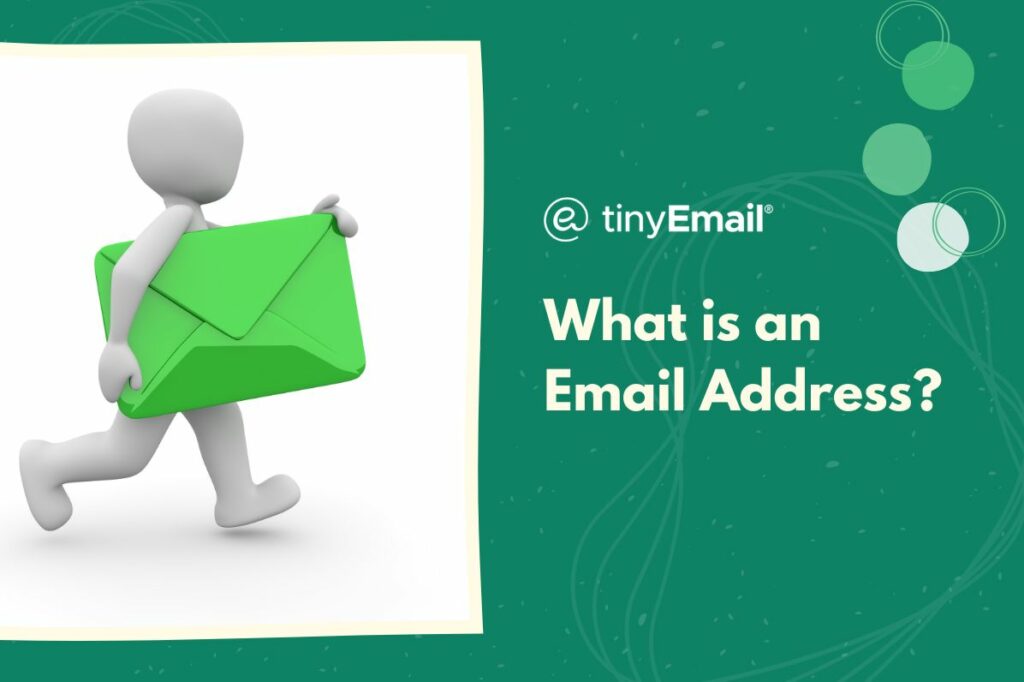An email address is a unique identifier that indicates the existence of an account where the owner can send and receive emails over the internet. An email address is made of two components: the local part and the domain name, which are separated by an “@” symbol.
The local part is the username or account name, and it comes before the “@” symbol. After the symbol comes the domain name, which indicates the server where the email is being delivered. There is also the Top-Level Domain (TLD), such as .com, .org, or .net, which indicates the domain’s type.
Here are a few examples of email address formats:
In order for an email address to send and receive emails, they need to be hosted by an email service provider. An email service provider is a platform which hosts email servers that handle the transmission of email communications. They provide a user-friendly inbox where email account owners can view the emails they receive through a digital inbox, as well as compose and send emails.
The most popular email service providers are:
- Gmail
- Outlook
- Yahoo Mail
- Apple Mail
How to Email Address Work?
Behind the scenes, email communication relies on specific protocols to run smoothly. These protocols are The Simple Mail Transfer Protocol (SMTP), Post Office Protocol 3 (POP3), and Internet Message Access Protocol (IMAP).
Simple Mail Transfer Protocol
This protocol ensures the successful delivery of outgoing emails. It acts as the courier that delivers your email to the recipient’s email server. It does so by interacting with various servers on the internet to find the appropriate server for the recipient’s email address. If the recipient’s server is temporarily unavailable, SMTP tries to deliver the email later or sends a delivery failure notification to the sender.
Post Office Protocol 3
This protocol allows users to retrieve emails from the server to their devices. It allows email clients to download emails from the email server to the user’s device (computer, phone, or tablet). When you open your email client, it connects to the server using POP3 to fetch new messages from your mailbox. By default, most POP3 clients remove the messages from the server after download, so the emails are usually available only on the device where they were downloaded.
Internet Message Access Protocol
This protocol synchronizes emails across multiple devices, ensuring accessibility and synchronization from anywhere. Actions like deleting, moving, or marking emails as read are synchronized across all devices thanks to IMAP. IMAP enables users to access and view emails offline. Changes made while offline are synced with the server once the device reconnects to the internet.


